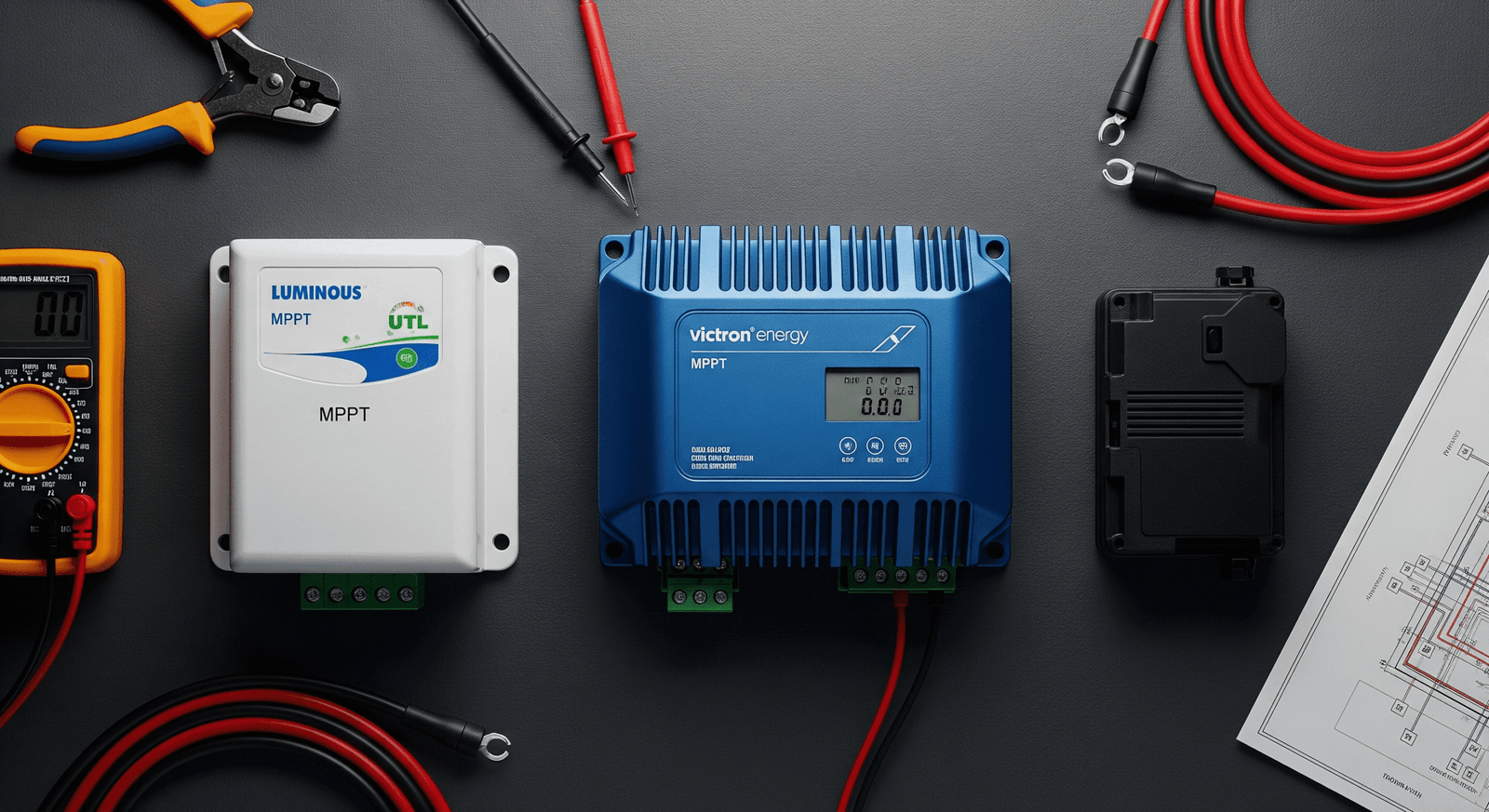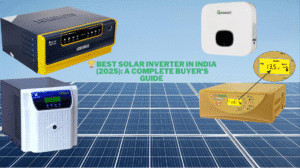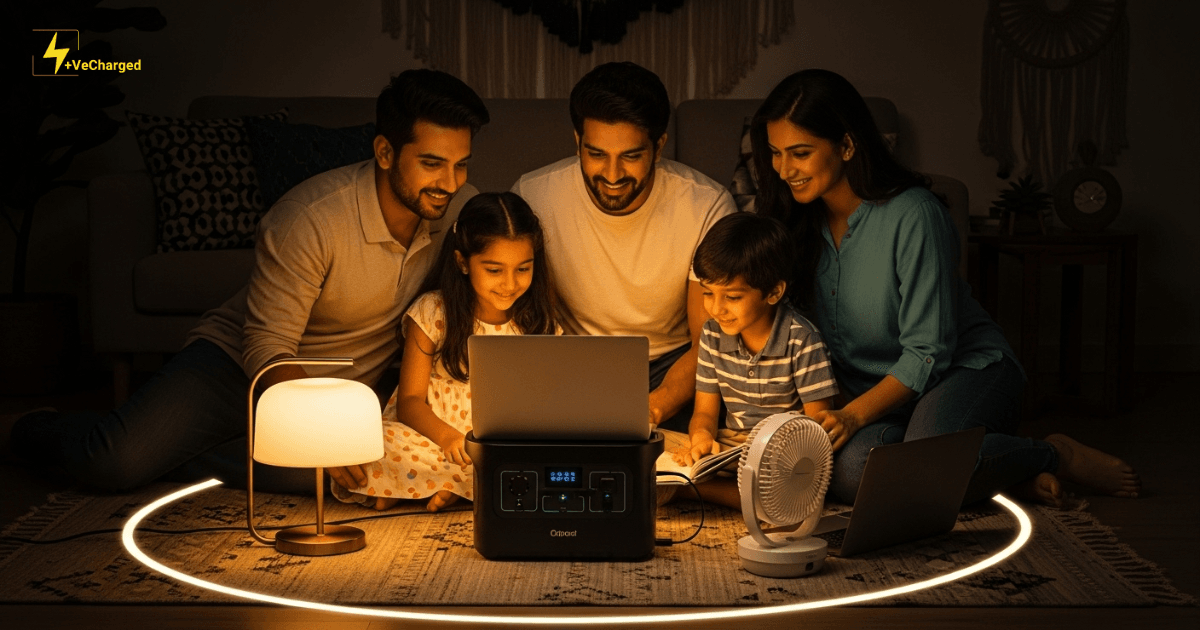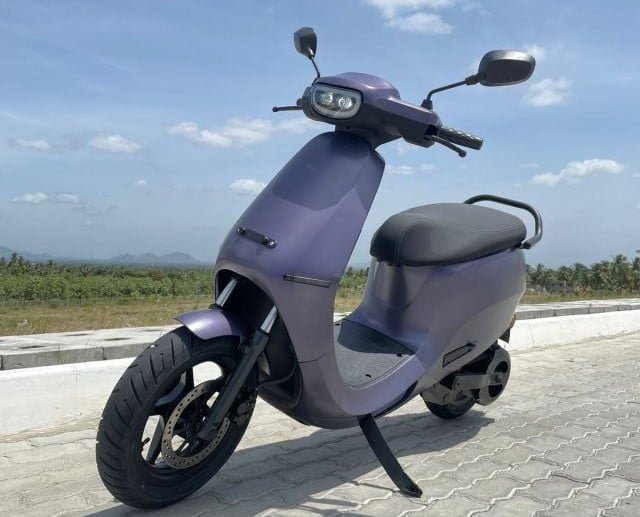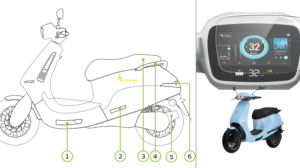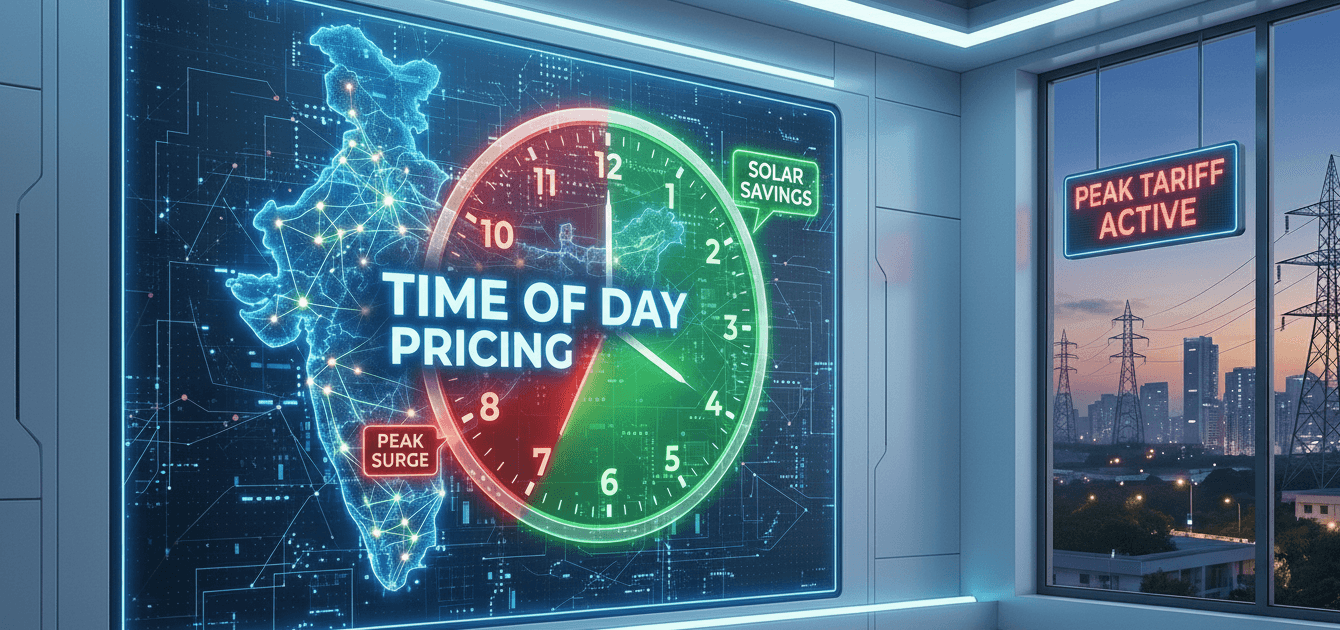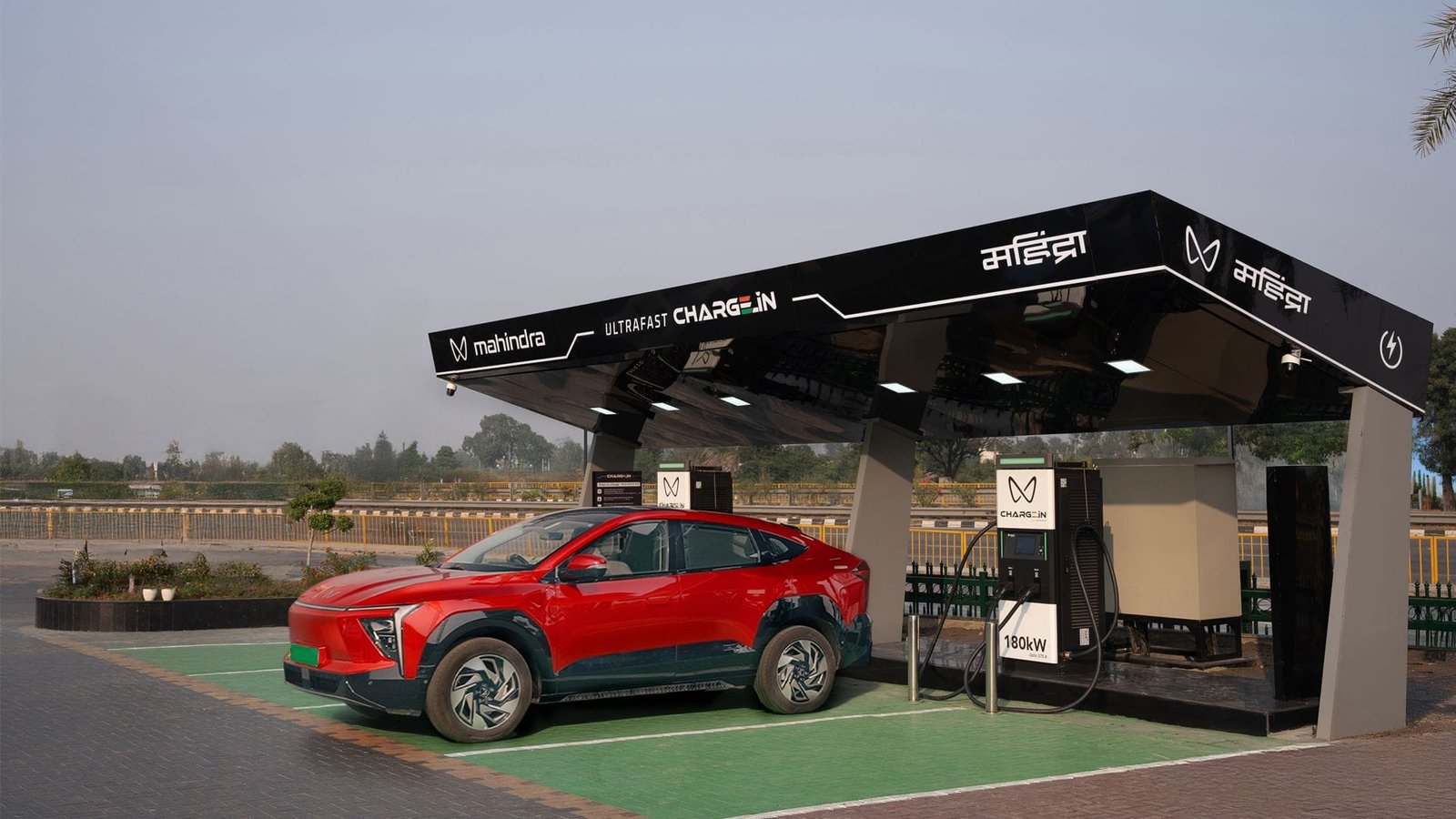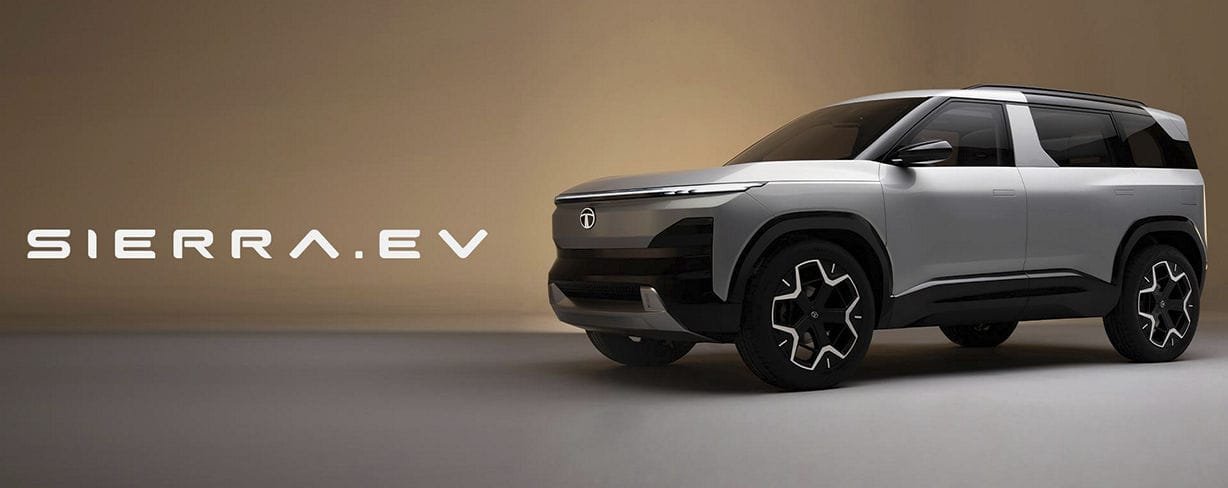You’re standing in front of a wall of boxes at a local electronics shop, or scrolling through endless listings on Amazon. Dozens of solar charge controllers, all promising to be the best. You see names you recognize, like Luminous, and others you don’t. Some are cheap, some are shockingly expensive. They are all covered in acronyms—MPPT, PWM, 12V/24V—and you feel a wave of anxiety.
Choosing the wrong one isn’t just a mistake; it’s a danger. A low-quality charge controller can systematically destroy your expensive batteries, waste a third of your solar panels’ power, and even pose a fire risk.
As an engineer, this infuriates me. Your energy independence should not be jeopardized by confusing marketing and cheap knock-offs. That’s why we built this guide. This is not a list of every controller on the market. This is our heavily curated list of the top 5 models we trust for the unique conditions of the Indian market, designed to protect your investment and empower you with clarity.
First, Your Personalized Recommendation: The Vecharged Matchmaker
Let’s find the right category of controller for your specific needs. This tool is our “Unfair Advantage”—it cuts through the noise in 30 seconds.
Your Personalized Recommendations:
The Marketing vs. The Reality: Spotting Fake “MPPT” Controllers
- The Marketing Claim: A cheap, unbranded controller on Amazon for ₹2,000 claims to be a “High-Efficiency MPPT” model.
- The Vecharged “Reader-First Shield”: This is the biggest scam in the Indian solar market. 9 out of 10 cheap “MPPT” controllers are fake. They are simply PWM controllers with a deceptive sticker. They lack the complex and expensive internal components (specifically, large inductors) that make MPPT technology work.
How to Protect Yourself:
- Weight: A real MPPT controller is significantly heavier than a PWM of the same amperage due to its large internal components.
- Brand: Stick to trusted, reputable brands known in the Indian market. Our top 5 list is your starting point.
- Price: If the price looks too good to be true, it is. A real 40A MPPT controller cannot be sold for ₹2,500.
The Vecharged Top 5 Solar Charge Controllers for India (2025)
We analyzed the market based on reliability, value, local warranty support, and suitability for Indian conditions.
1. UTL Solar Charge Controller (MPPT & PWM)

- Who It’s For: The budget-conscious user who wants a reliable product from a major Indian brand.
- The Good: Widely available, excellent service network, and offers a huge range from cheap PWMs for small setups to powerful MPPTs for larger homes. Their 40A MPPT model is a great value.
- The Bad: The user interface on some models can be a bit basic.
- The Vecharged Verdict: A safe, reliable, and smart choice for most Indian homes.
2. Luminous Solar Charge Controller (MPPT & PWM)

- Who It’s For: The user who trusts the Luminous brand name from their inverter and battery purchases.
- The Good: Luminous is a giant in the Indian power backup space. Their products are robust, designed for Indian conditions, and backed by a massive service network. Their 20A MPPT controller is a fantastic upgrade for smaller systems.
- The Bad: Can sometimes be priced slightly higher than equivalent UTL models.
- The Vecharged Verdict: You can’t go wrong with Luminous. It’s the “Maruti Suzuki” of the solar world—reliable, easy to service, and it just works.
3. Victron SmartSolar MPPT

- Who It’s For: The serious user, professional installer, or anyone who demands the absolute best in performance and features.
- The Good: Victron is the global gold standard. Their MPPT algorithm is the most efficient on the market, harvesting more power than any competitor. The built-in Bluetooth for monitoring via the VictronConnect app is light-years ahead of the competition.
- The Bad: The price. A Victron controller can be 2-3x the cost of an Indian equivalent.
- The Vecharged Verdict: If your budget allows, a Victron SmartSolar is the best charge controller you can buy, period.
4. Smarten MPPT Solar Charge Controller
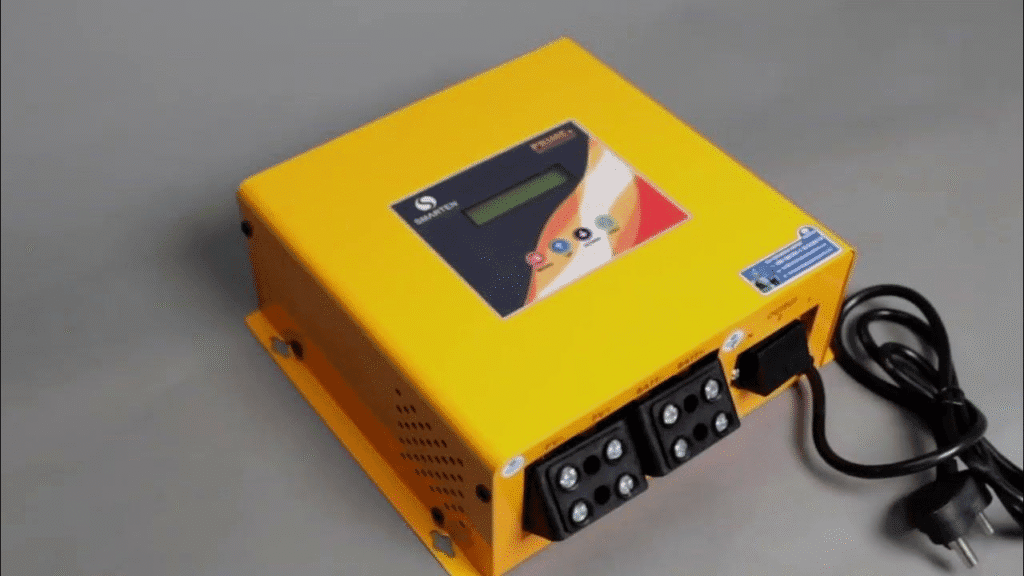
- Who It’s For: The user looking for advanced MPPT features at a more accessible price point than Victron.
- The Good: Smarten has carved out a niche as a strong “value MPPT” brand. They offer good efficiency and reliable performance for a very competitive price.
- The Bad: Their service network is not as extensive as Luminous or UTL.
- The Vecharged Verdict: A smart choice for the informed buyer who wants to maximize their solar harvest without paying the premium for a Victron.
5. A Basic PWM Controller (Various Brands)
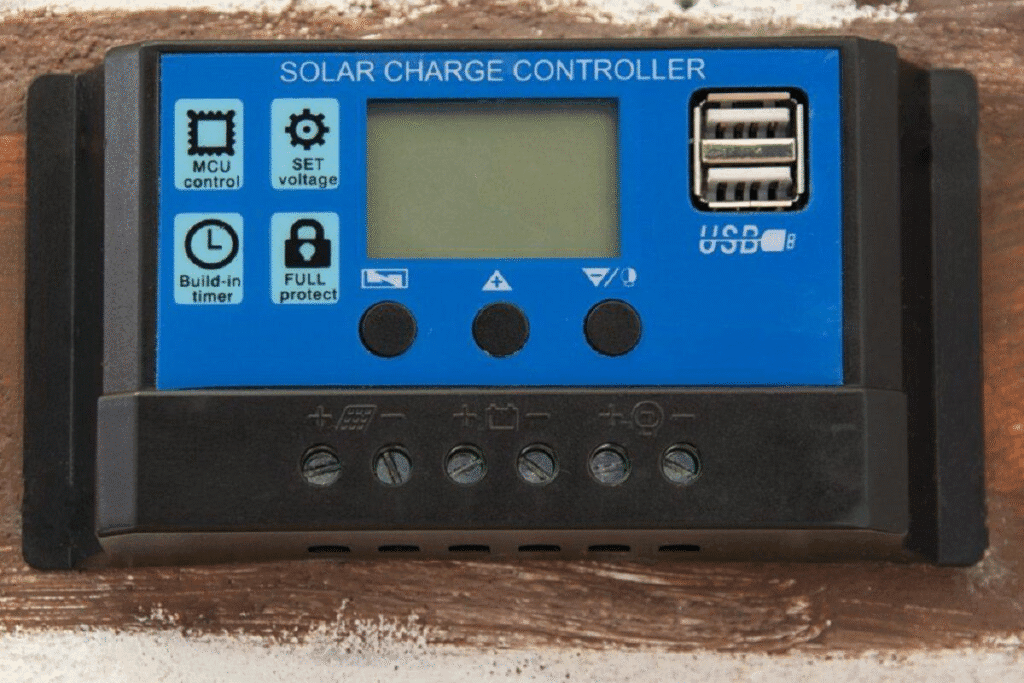
- Who It’s For: Only for very small, non-critical applications, like a single 100W panel to charge a small battery for a light and a fan.
- The Good: It is incredibly cheap.
- The Bad: It will waste up to 30% of your panel’s power. It offers minimal battery protection features. It is a poor long-term investment.
- The Vecharged Verdict: We can only recommend a PWM controller if your budget is extremely limited and your system is tiny. For all other applications, the superior efficiency of an MPPT controller makes it the only logical choice.
The Vecharged Reality Check: This is the most critical concept to understand.
- A PWM (Pulse Width Modulation) controller is older technology that essentially connects your solar panel directly to your battery. It forces the panel to operate at the battery’s voltage. This is inefficient because a 12V solar panel is designed to produce 17-18V in real-world conditions; a PWM controller simply wastes that extra voltage as heat.
- An MPPT (Maximum Power Point Tracking) controller is a sophisticated DC-to-DC converter. It allows the solar panel to operate at its ideal, most powerful voltage (its “maximum power point”). It then takes that high-voltage, low-current power and converts it into the perfect low-voltage, high-current power your battery needs. This process harvests the energy that a PWM controller wastes, giving you up to 30% more charging power from the exact same solar panels.
Our Protective Advice: Sizing your controller correctly is a critical safety step. Always add a 25% “safety factor” to handle unexpected surges from cold, sunny weather.
- Step 1: Find your total solar panel wattage. (e.g., you have four 100W panels, so 4 x 100W = 400W).
- Step 2: Divide this by your battery bank voltage (usually 12V, 24V, or 48V). (e.g., 400W / 12V = 33.3 Amps).
- Step 3: Multiply by 1.25 for the safety factor. (e.g., 33.3A x 1.25 = 41.6 Amps).
- Conclusion: You would need to buy the next size up, which is a 50 Amp charge controller. Our interactive calculator at the top of this article does this math for you.
The Vecharged Reality Check: A solar charge controller is not an optional accessory; it is the most critical safety device in your entire system. A solar panel’s voltage can fluctuate wildly. Connecting it directly to a battery will cause uncontrolled overcharging. This will boil the electrolyte in a lead-acid battery and can cause a catastrophic thermal runaway and fire in a lithium battery. There are no exceptions to this rule.
Our Protective Advice: This is the biggest scam in the Indian solar market.
- Price: A real MPPT controller contains complex and expensive components. If you see a “50A MPPT” controller for ₹2,500, it is fake. A genuine MPPT of that size will cost ₹7,000 or more.
- Weight: The conversion components in a real MPPT, specifically the large copper-wound inductor, are heavy. If the controller feels light for its size, it’s a fake PWM controller in a larger box.
- Brand: Stick to the trusted brands we’ve reviewed in this guide—Luminous, UTL, Victron, Smarten. An unbranded or nonsensically named controller is a huge red flag.
Our Protective Advice: Using undersized wires is a major fire hazard and a massive source of power loss. The correct wire size (measured in mm² or AWG) depends on your controller’s maximum amperage and the length of the wire run.
- For the critical connection from the charge controller to the battery, you need a very thick, short cable to handle the full charging current. For a 40-50A controller, this would typically be 10mm² or 16mm² wire.
- For the connection from the solar panels to the controller, you can sometimes use a slightly thinner wire, as the voltage is higher and the current is lower.
The Vecharged Reality Check: Every proper charge controller uses a multi-stage charging process to protect and maintain your battery.
- Bulk Stage: It sends the maximum available power until the battery reaches about 80% capacity.
- Absorption Stage: It holds the battery at a constant high voltage while the current gradually decreases, “topping off” the final 20%.
- Float Stage: Once the battery is 100% full, the controller dramatically reduces the charge to a tiny “trickle.” This float charge simply keeps the battery topped up, preventing it from overcharging while ensuring it stays full.

Suhas Shrikant is the founder of Vecharged and an engineering enthusiast specializing in high-power off-grid solar systems. He has designed and built over a dozen custom systems and uses his hands-on, field-tested experience to create Vecharged’s expert guides and reviews.

